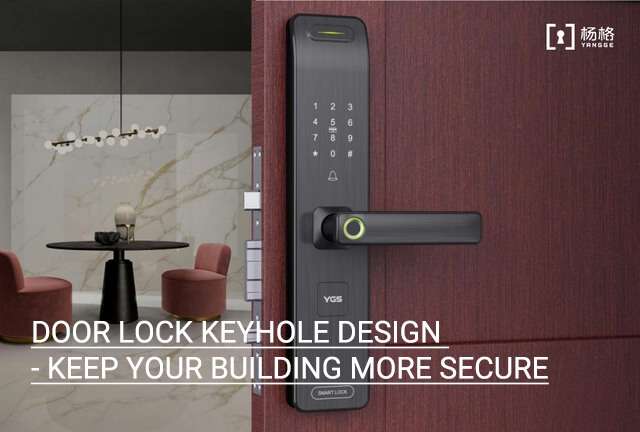When it comes to door locks, one crucial element that is often overlooked is the door lock keyhole design. The keyhole design can play a significant role in the security of the building, as it affects how easy or difficult it is for someone to pick the lock.
Traditionally, door locks have featured a simple, round keyhole that is easy to pick with a basic set of lock-picking tools. However, in recent years, more advanced keyhole designs have emerged, which make it much harder for intruders to gain access to the building.
In this article, we will provide a complete guide for lock keyhole design for building security. We’ll look at different types of lock keyhole designs, their advantages, and some questions people are most concerned about. By the end of this article, you’ll have a better understanding of how to keep your building more secure with the right keyhole design.
With the development of intelligent technology, smart home systems are becoming increasingly popular in commercial places such as hotels, apartments, and offices. The most common smart home platforms include Google Home, Apple Home, and Amazon Alexa. A smart lock is one of the most important components of a smart home system, allowing users to remotely control the locking system with their smartphones.
As technology has developed, smart locks have gradually evolved into various types such as keypad locks, smart card locks, biometric locks, and more. Different types of locks also have different designs and applications. However, most smart locks still retain the design of a keyhole.
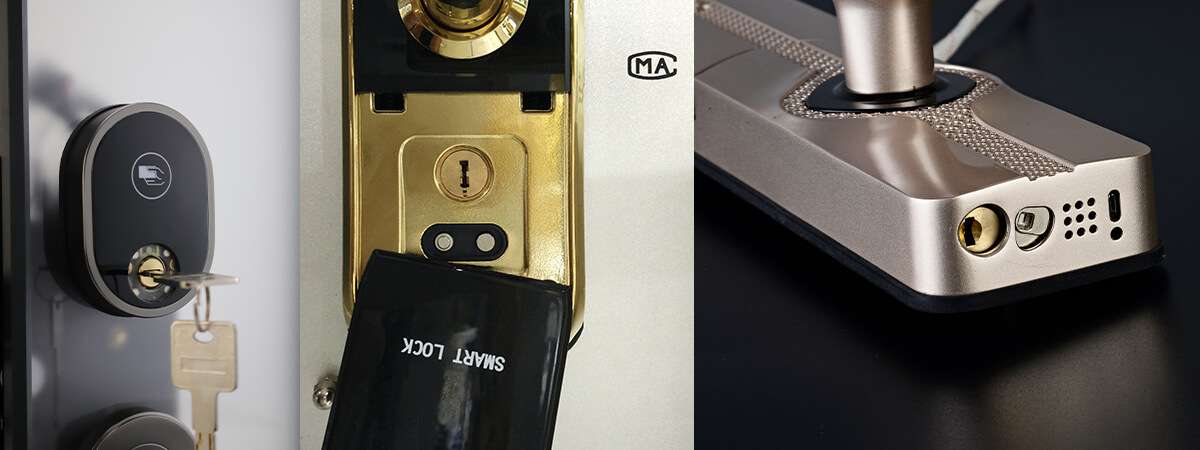
The keyhole is a traditional method of using a physical key to lock a door. It is a small opening on the door where the key is access to keyhole and rotates the locking mechanism and secures the door. Although intelligent locks provide many high-tech conveniences, the keyhole provides a physical backup in case of technical malfunctions.
Some smart locks also offer a lock hole option for users who prefer traditional access methods. Ultimately, whether to choose a smart lock with a keyhole or not depends on personal preferences and security needs.
Why Should the Smart Door Lock Keyhole Be Hidden?
1. Infrequent use of mechanical keys
With the increasing popularity of smart locks, traditional mechanical keys are being used less frequently in human daily life. People can unlock their doors using facial recognition, fingerprints, passwords, keycards, and more. In particular, mechanical keys are only used as a backup in case of emergencies, such as in hotels.
2. Enhance the entire lock aesthetic
Traditional mechanical locks mainly relied on keys to unlock, and therefore the keyhole was usually exposed for easy access. However, with the many different ways electronic locks can be unlocked, the mechanical keyhole is not used as frequently. Hiding the keyhole can make the lock look more attractive and modern.
3. Prevent dust or other foreign objects
Hiding the keyhole can effectively prevent dust or other foreign objects from entering. And prevent malicious destruction or blockage by others. Hiding keyhole design can also prolong the lifespan of the smart lock.
4. Improve the safety of smart door locks
As long as the smart door lock is designed with a lock cylinder, we can’t avoid the risk of the lock being technique picked. A hidden keyed lock hole design can make it harder for individuals to detect the lock core, and make it more challenging for them to pick the lock. A hidden keyhole combined with a C-level lock core can provide even higher security against theft.
Types of Invisible Keyhole Designs
The invisible keyhole is divided into two types: the bottom-insert type lock cylinder and the baffle design type.
Bottom-insert type lock cylinder: As the name suggests, this lock cylinder is located at the bottom of the front panel of the smart lock. As long as the security level of the lock cylinder is high enough, even a master key cannot open it, and it requires a professional locksmith to spend more time to open it. In addition, the inconvenient position at the bottom also increases the difficulty of unlocking.
Baffle design type: The lock keyhole is directly covered by a baffle. Most baffle designs are relatively easy to open, while baffle designs with stronger anti-theft performance require a special key to open. YGS-8869 has obtained two patented technologies, “non-hole” design patent makes it impossible for thieves to even find the lock hole.
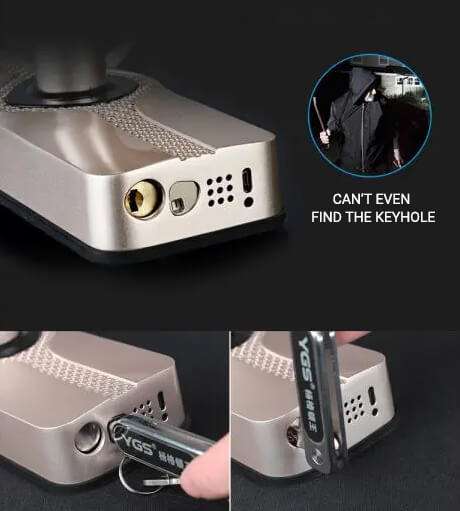
How to correctly open the keyhole of the baffle?
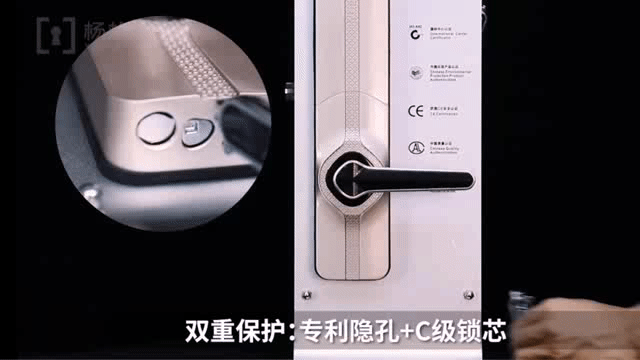
FAQ
Since the key is rarely used, why keep the keyhole for a smart lock?
Actually, smart locks are a kind of high-security mechanical locks, they add electronic parts to the lock but retain a mechanical keyhole design. It is similar to having stairs in a building with an elevator, just in case. Without a keyhole, the lock may be protected against lock picking, but what if the lock runs out of power or malfunctions? For user safety, the electronic lock standard also requires that smart door locks be equipped with mechanical keys.
The mechanical keys of the smart door locks are mainly used for emergency unlocking, with a low frequency of use. Therefore, it is best to store them separately in a fixed location for easy access. It is not recommended to place them in a corner of the house where they may be lost, nor to keep them inside the house in case you cannot access the key outside when the smart lock malfunctions. Instead, you can keep them in your car, office, or with a trusted person.
What should you do if you lose your mechanical key?

If you lose your key, you can only contact the corresponding smart lock manufacturer to solve the problem. Generally, there are two ways to deal with it:
If you have purchased a smart lock with a general-unlock key – meaning one key can open multiple smart locks, the supplier will have a record of the mechanical keys and can provide you with a new key directly.
If you have purchased a smart lock with a unique mechanical key – meaning the key can only unlock the corresponding lock, and it cannot be duplicated or supplemented, then you will have to replace the lock core component.
What is the difference between a smart door lock with a keyhole and a traditional lock?
Currently, there are three levels of lock cores for door locks on the market, which are A-level, B-level, and C-level. Their differences are as follows:

A-level lock cores mainly use single or double-sided keys. The internal structure of the A-level lock core is simple, limited to changes in tumblers, with fewer and shallower pin tumbler slots, and the time to prevent technical opening is within 1 minute.
B-level lock cores use a flat key shape with double-row tumbler slots. Unlike A-level lock cores, the key faces have an extra row of irregular curves, and the time to prevent technical opening is within 5 minutes.
C-level lock cores use keys with a blade structure keyway shape, and the core type is a double-side column lock core. If forcefully break-in with tools, the lock core will be damaged and locked internally, causing the door lock to be unable to open. The time to prevent technical opening exceeds 270 minutes.

From the above distinctions, it can be seen that the security of C-level lock cores is higher.
Retaining the traditional mechanical key in a smart lock is not the same as a traditional door lock. Instead, it uses a higher level of lock core type and technology to improve the security level of the door lock.
The hidden design of C-level lock cores is the design adopted by most quality-assured smart lock suppliers. It not only does not damage the entire lock appearance, but also enhances the security of the door lock. High-security mechanical locks with C-level lock core is ideal for door, they can protect personal privacy space from being easily destroyed!
What happens inside the lock core when we turn the mechanical key?
How to choose a smart door lock?
- Priority choosing the C-level lock core. The safety of the lock core can be divided into three levels: A-level, B-level, and C-level. C-level lock core has the strongest anti-pry ability, and the time required for technical unlocking is also the longest.
- Choose a semiconductor fingerprint reader. The semiconductor material can convert the surface of the fingerprint into corresponding signals, generate images, and is not affected by light and finger humidity. It can achieve more accurate recognition and effectively prevent fingerprint copying.
- Choose a semi-automatic smart door lock with an anti-peephole unlocking design. Semi-automatic smart door locks have handles similar to traditional locks, which are easy to accidentally unlock.

With an anti-peephole unlocking design, you need to press the button and simultaneously press down on the handle to unlock it. Of course, the anti-peephole unlocking design of different brands may vary, so you need to consult the merchant for details.

- Choose a lock with a hidden lock hole design. The patented “no-hole” key design eliminates technical unlocking from the source, you need a special key to open the lock hole, and then can key unlock the door lock. It also effectively prevents foreign objects from blocking the lock core.
- Choose a lock with a square bar anti-pinch design. The square bar is a four-sided rectangular strip used to connect the front and rear handles and the lock body of the door lock. Rotating the square bar can drive the oblique tongue and square tongue to operate and achieve the function of lock and unlock. Adding a protective ring at the square bar can prevent it from being pinched by small instruments when unlocking.

How to prevent keyhole damage?
1. Keep keys separate: Keep your keys separate from other objects in your pocket or purse to prevent them from getting bent or broken.
2. Regular maintenance: Regularly maintain your locks by lubricating them with a dry lubricant such as graphite powder. This will help prevent the key from sticking in the lock and reduce the chance of it breaking.
3. Don’t force the lock: If your key won’t turn in the lock, don’t force it. This can cause the key to bend or break. Instead, try lubricating the lock or using a different key.
4. Use a keychain: Use a keychain that is designed to prevent keys from bending or breaking. Some keychains have a spring-loaded mechanism that keeps the keys straight and prevents them from bending.
5. Replace worn keys: If your key is worn or damaged, replace it as soon as possible. Worn keys are more likely to break in the lock.
How to get a broken key out of a keyhole?
Getting a broken key out of a lock can be a frustrating experience, but there are a few methods you can try to remove the broken key:
1. Use pliers: If the key is sticking out of the lock, use a pair of needle-nose pliers to grasp the broken end and gently pull it out.
2. Use a magnet: If the key is not sticking out of the lock, try using a strong magnet to attract the broken key and pull it out.
3. Use a broken key extractor: A broken key extractor is a tool designed specifically to remove broken keys from locks. Insert the extractor into the lock and carefully turn it to catch the broken key. Pull the extractor and the broken key out of the lock.
4. Use lubricant: If the key is stuck in the lock, try spraying a small amount of lubricant, such as WD-40, into the lock. This may loosen the key and make it easier to remove.
5. Call a locksmith: If you are unable to remove the broken key using the above methods, it’s best to call a professional locksmith. They have specialized tools and expertise to remove the broken key without damaging the lock.
Related Blog
With more than 20 years of smart lock experience, YGS could provide a set of hotel door lock management solutions for your hotel business.
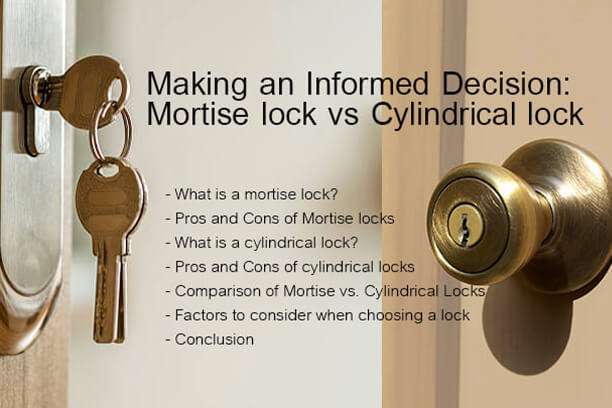
When it comes to choosing a lock for your home or business, there are a lot of factors to consider. Two common types of locks that are often compared are mortise locks and cylindrical locks. While both offer a degree of security, they have significant differences in…
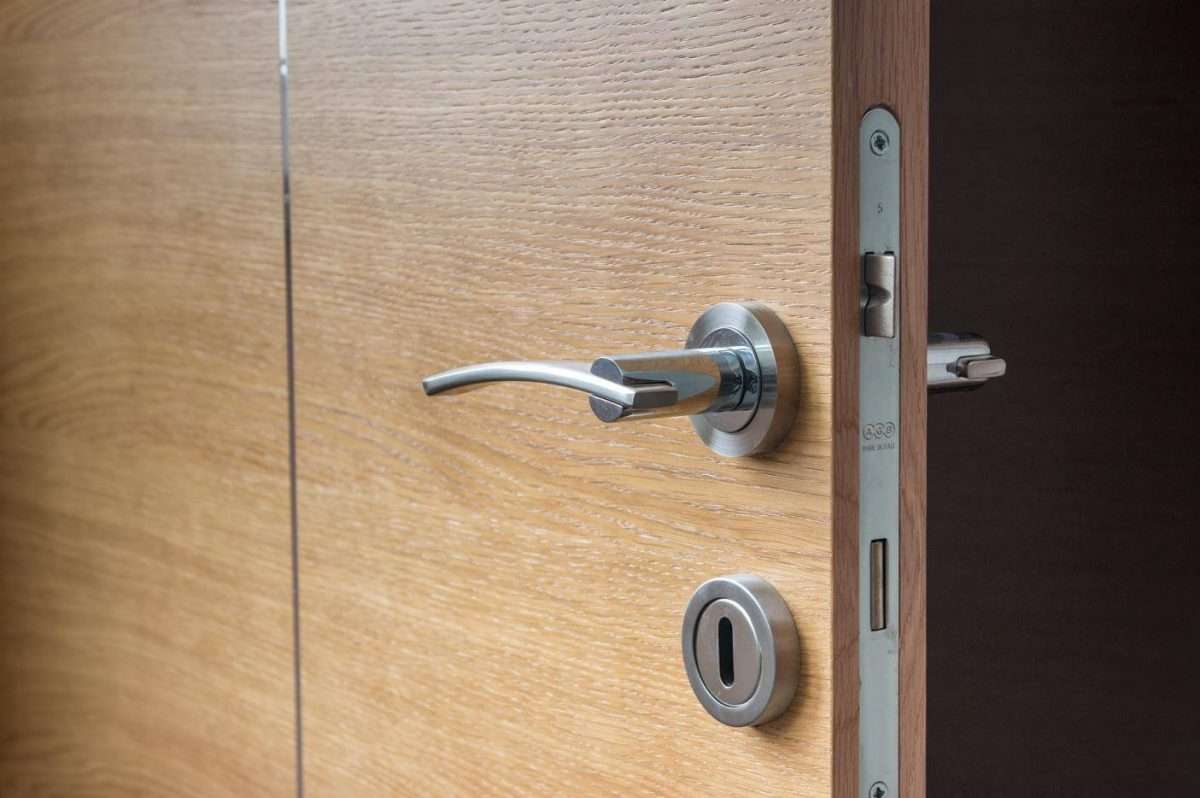
Various types and styles of electronic locks have been developed over the years, and they are widely used in hotels, apartments, schools, office buildings, and other settings. Among them, the hotel is the first place to use electronic locks. The latest technology is…

The hotel industry is dynamic and competitive, with businesses constantly seeking ways to improve efficiency and enhance guest satisfaction. Hotel management software features have become an essential tool in achieving…

With the help of advances in technology, hackers can use an invalid room card to create a “master key” that can open the entire hotel building. As soon as the news came out, everyone was shocked. Many hotels have moved to higher security…
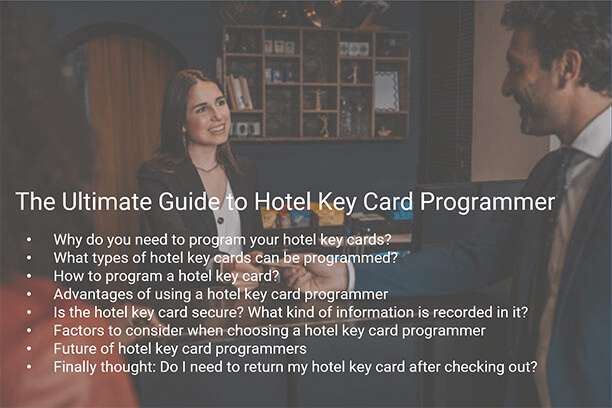
If you are running a hotel, maybe you want to know everything about the hotel key card programmer. Here, we will explore the ins and outs of hotel key card programming and provide you with the information you need to understand…

Hotel maintenance is a very important topic for discussion in the hospitality industry. Hotel maintenance not only affects the entire environment of the hotel but also affects the check-in experience for the guests. Therefore, the hotel should…

